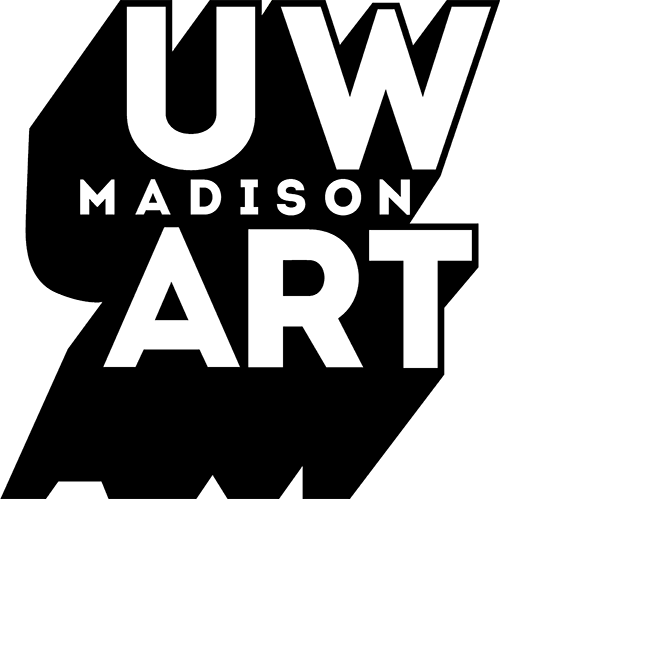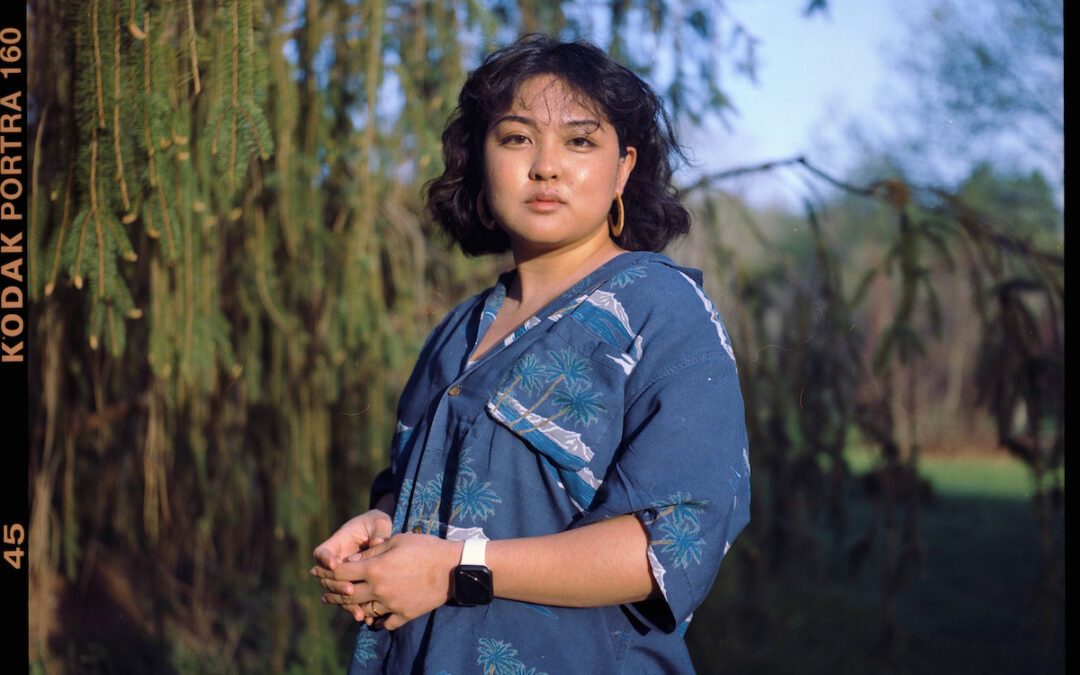Over the last few months we have been offering a glimpse into the creative process of the Art Department’s graduating master of fine arts candidates, who are presenting their final thesis exhibitions throughout the spring semester. These exhibitions represent the culmination of years of dedicated study and artistic exploration, showcasing our students’ diverse talents and innovative approaches to art-making.
Mariah Moneda, a Temkin Exhibition Awardee, explains that her work isn’t confined to a single medium. Instead, “the medium becomes a vessel” through which she explores different ideas and reflects on her experience as a Filipino-American woman. She often creates immersive installations where visitors are invited to interact and take a piece of the installation with them or leave something behind.
“These moments of exchange happen in spaces where I’ve cultivated tangible imagery and sculpture of my abstract experiences to build an ambiance for the people participating,” Moneda says.
Moneda’s final thesis exhibition, “Magmula sa Lupa,” will be on view in the Backspace Gallery at UW–Madison’s Art Lofts (111 N. Frances St.) from April 14-20. A reception, which is free and open to the public, will take place on Friday, April 18, from 5 to 8 p.m., including a community meal starting at 6 p.m.
“This exhibition is not a solo journey,” says Moneda. “I have partnered with multiple organizations such as Origin Breads, PAMANA (Philippine American Association of Madison and Neighboring Areas), and UW–Madison’s FASO (Filipino American Student Organization) to help facilitate this work to feed the community.”
We asked Moneda to share some insights about her exhibition. Following is an edited Q&A:
How did you come up with the title of your exhibition? For my thesis exhibition, I’ve titled it “Magmula sa Lupa,” a Tagalog play on the phrase “from this land,” “from the earth,” or “of the earth” in English, and it is inspired by the Filipino philosophy of Kapwa, which doesn’t have a direct English translation. I interpret it as an exploration of the interconnected nature of our human existence to each other and the land we walk on, through the ethics of care.
Tell us more about your work, “Passages.”

